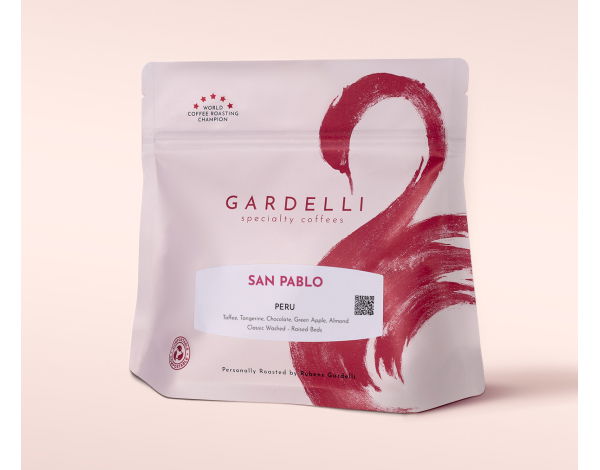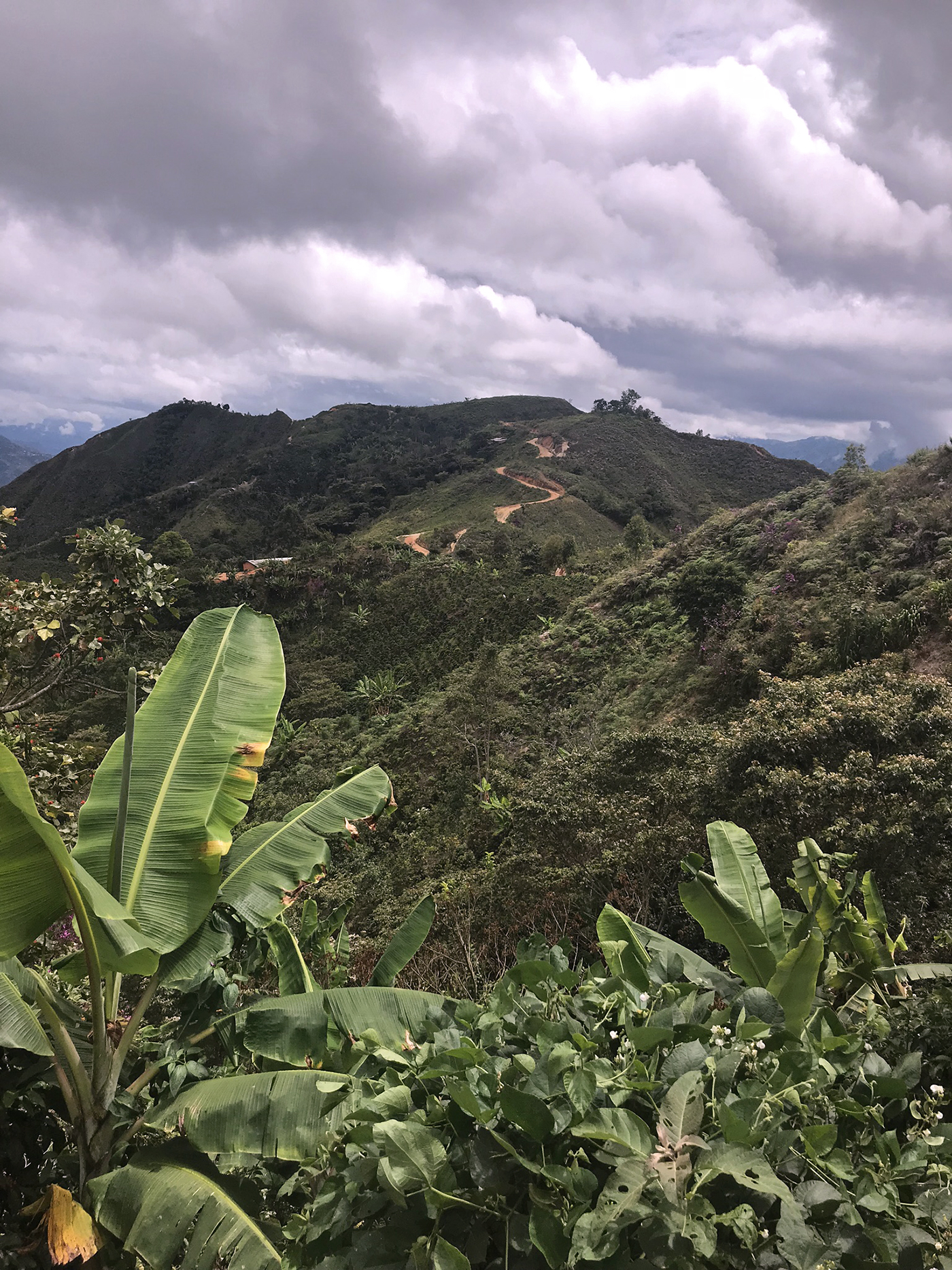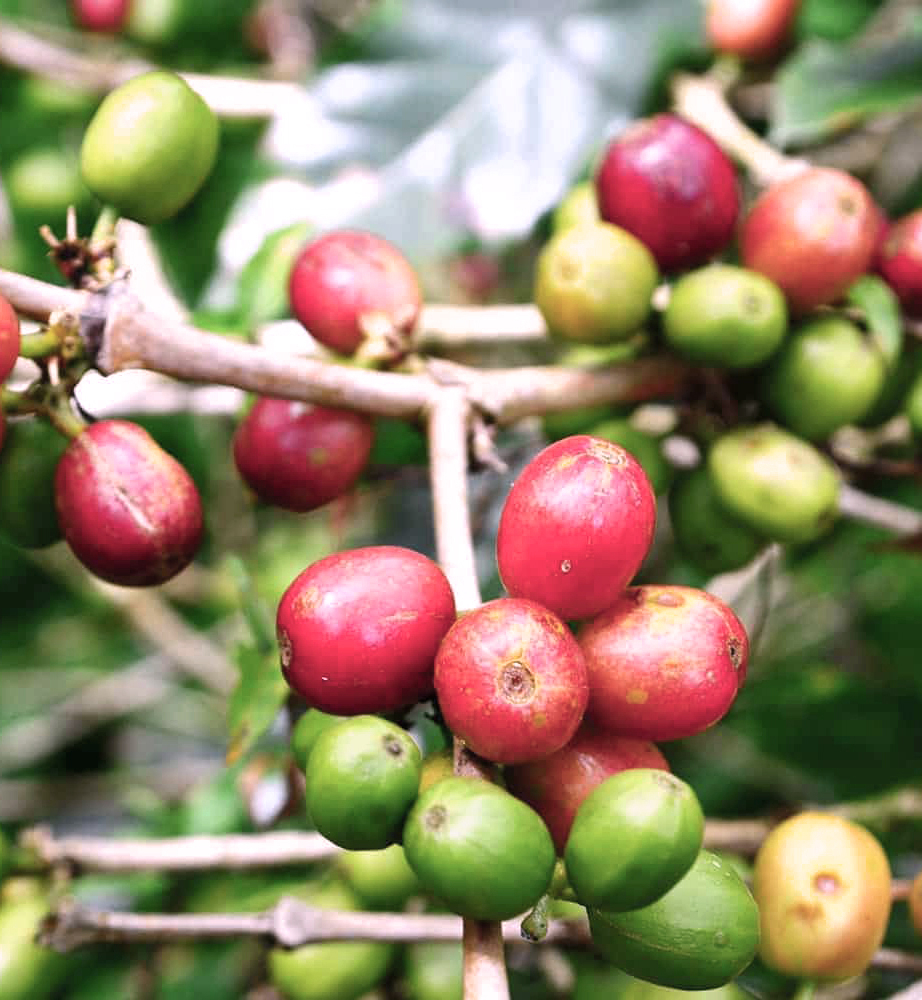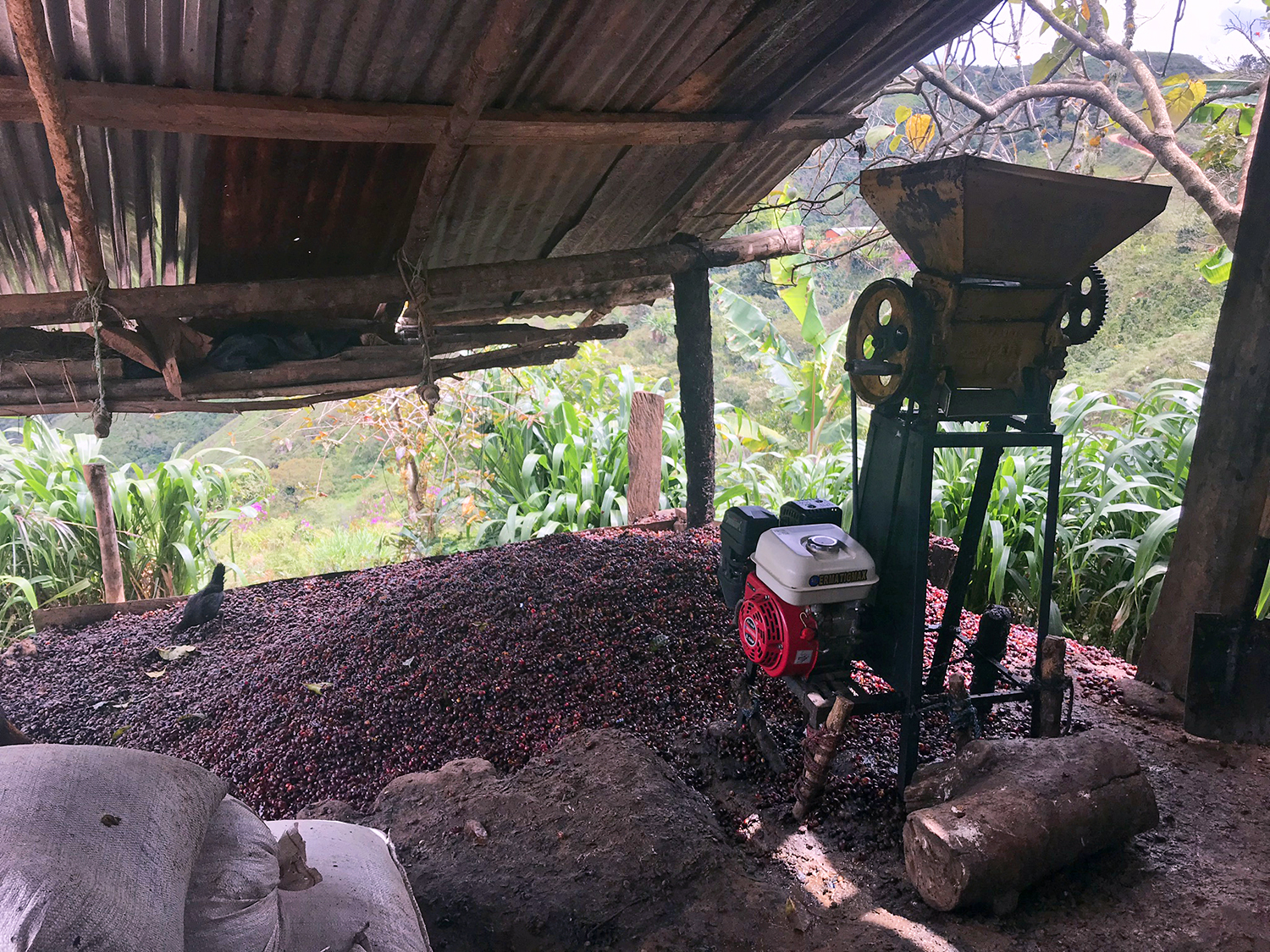










Peru
Cup Notes: Toffee, Tangerine, Chocolate, Green Apple, Almond
A classic washed Peruvian coffee that delights with a perfect harmony of bright citrus acidity and gentle sweetness. Subtle notes of dried fruit enhance its clean, elegant character. Crafted from Caturra and Pache varieties, this is the perfect choice for those who appreciate moderate complexity and coffee that suits any moment.
Suggested for espresso and filter
when we roast
We freshly roast to order all coffees on Monday, Wednesday and Friday (excluding national holidays), and ship the same day! Cut-off time is 11:59pm (UTC+1) of the day before the roast day. *We only ship whole beans*
Huabal is a district in the Jaén province of Cajamarca, recognised as one of the strongest regions in terms of both coffee quality and producer engagement. The area has immense potential for exceptional coffee production, though poor infrastructure has long limited many farmers, who often lack the resources and technical knowledge to fully realise that potential.
Altitudes in Huabal range from 1,200 to 2,100 masl, with most coffee grown above 1,800 masl—ideal conditions for high-quality coffee. In recent years, many farms were replanted with catimores, a variety promoted by government programmes and multinational buyers. While catimores can perform well at certain altitudes with good management, their results at higher elevations have been disappointing in both yield and cup quality.
Encouraged by price premiums for high-quality coffee, many producers are now returning to traditional varieties such as Caturra, Bourbon, and Catuai. With proper care and fertilisation, these thrive at higher altitudes and produce far superior cup profiles.
Huabal consists of several villages, each serving as a hub of coffee production. The mountainous landscape offers a wide range of microclimates and soil types—from humid, red soils to drier, sun-exposed terrain. This diversity contributes to an impressive range of complex and distinctive coffees.

CATURRA
Caturra is a natural mutation of the Bourbon variety, first discovered between 1915 and 1918 on a plantation in Minas Gerais, Brazil. The variety’s name is derived from the Guarani word meaning “small,” reflecting its characteristic compact size. This single-gene mutation causes the plant to be smaller, a trait known as Dwarf/Compactism, which allows for denser planting and greater fruit production within the same space. The Instituto Agronômico (IAC) of São Paulo initiated mass selection of the variety starting in 1937, focusing on the benefits of Caturra’s closely spaced secondary branches and compact structure, which were ideal for intensifying production.
Although Caturra was never officially released in Brazil, it became widely adopted in Central America following its introduction to Guatemala in the 1940s. It was not until the 1970s that commercial adoption spread throughout Central America, particularly to Costa Rica, Honduras, and Panama, where it became one of the most economically important varieties. For decades, it was often used as a benchmark against which new cultivars were tested. In Colombia, Caturra was once thought to account for nearly half of the national coffee production until government programs, starting in 2008, promoted the replacement of Caturra with the Castillo variety, a leaf-rust-resistant hybrid derived from Caturra.
Caturra played a pivotal role in the intensification of coffee cultivation in Central America, encouraging the use of higher-density planting techniques, typically in full sun, during the latter half of the 20th century. Caturra is also a key parent of the Catimor family of hybrids, which were developed to combine its dwarfism with rust resistance. The legacy of Caturra continues to influence modern coffee breeding, especially in terms of producing compact plants with higher yields and greater disease resistance.
PACHE
Pache is a natural mutation of the Typica variety related to a single gene that causes the plant to grow smaller (dwarfism), which allows it to be planted more densely and achieve higher yields. The variety was discovered in 1949 in Guatemala on the Brito farm in Santa Cruz Naranjo, Santa Rosa. From there it was selected through mass selection: a group of individuals were selected based on their superior performance, seed from these plants was bulked to form a new generation, and then the process was repeated. Mass selection took place across private farms in Guatemala, and from there spread to other regions and countries.

Washed coffees highlight the pure character of the bean, revealing what’s inside rather than what’s on the outside. Their flavour depends almost entirely on the bean’s natural sugars and nutrients, making varietal, soil, climate, ripeness, fermentation, washing and drying crucial. The country of origin and the farmer’s care are key in shaping the final taste.
During wet processing, the pulp (i.e. the exocarp and part of the mesocarp) is removed mechanically. The remaining mesocarp, called mucilage, sticks to the parchment and is also removed before drying. During this process, the sugars present in the mucilage are removed through natural fermentation or mechanical scrubbing. Mucilage is insoluble in water and clings to parchment too strongly to be removed by simple washing. Mucilage can be removed by fermentation followed by washing or by strong friction in machines called mucilage removers. Fermentation can be done by stacking the coffee outside or placing it underwater and allowing nature to take its course. After the sugars are removed, the beans then can be taken through a secondary washing to remove any additional debris, or taken immediately to the beds for drying.
